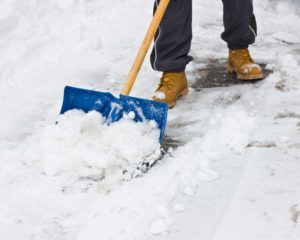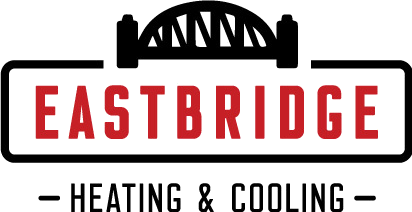
With the winter weather upon us, snow can be a hazard for slips and falls. However, did you know that large accumulations of snow can also be a hazard to your home furnace?
After a snowfall, if you find that your furnace stops working, one thing to consider is that your furnace intake and exhaust pipes may be blocked with snow. It is important to keep these pipes clear of snow and could save you a service call to a technician if you check these first!
Newer, high efficiency furnaces will shut down if the exhaust venting is blocked. This is a safe guard in the furnace to ensure proper venting is being established.
Also consider, with snow blocking the exhaust vents there is a risk of carbon monoxide entering the house due to improper venting. It is always a good idea to make sure the carbon monoxide detectors in your house are also in good working order.
In order to check your outside furnace venting, follow these easy steps:
- Locate the intake and exhaust vents connected to your furnace. You can follow the lines from the inside of your house and see where they lead to outside. Furnace venting is usually plastic piping.
- Clear all snow surrounding the piping outside. Once you have a clear area, check inside the pipes and remove any loose snow or ice. Do not bang or hit the pipes! Freezing temperatures makes plastic piping brittle and can break.
- If your furnace has shut down on its own, it may restart now that the venting is clear. If it does not restart, try turning your furnace power switch off for 30s and then back on.
If you still have a problem after clearing your venting, call Eastbridge Heating & Cooling. Click here to contact us.
